Calyx Path Product Training
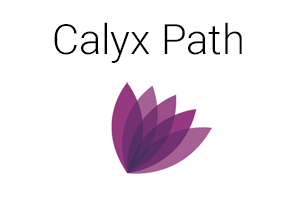
Calyx Path is one of many LOS systems that works seamlessly with DocMagic’s exclusive, proprietary Direct Integration.
Don't get charged multiple times for the same package. Click here.
Industry Investors and Warehouse Lenders Supporting Origination of eNotes
More lenders are moving beyond hybrid eClosings to a fully digital eNote closing process. As of April 6th, the MERS® eRegistry reported over 1.6M unique registered eNotes. The list of organizations that can originate, fund, and purchase eNotes continues to grow and now includes 23 investors.
Recently, DocMagic invited Jeff Bode, President and owner of Mid America Mortgage to discuss his organization’s experience with eNotes on a recent eClosing webinar.
More choices than ever
“When we first started, nobody accepted an eNote, except Fannie Mae and Freddie Mac,” Bode recalled. But as time progressed, Bode said his company had more options, so much so that the real trick was determining who was going to get the note to deliver best execution.
“We had to know, what's going to be our best execution to deliver that loan? Is it an aggregator who is going to pay more or is the value of the servicing we can retain higher if we sell it to the GSEs,” he said.
Today, Mid America sells eNotes to about seven different investors, including Wells Fargo, Chase, Mr. Cooper, PennyMac, Freddie Mac, and Fannie Mae. This increased adoption of eNotes by the industry is exactly what Fannie Mae said was happening in its 2021 White Paper “Unlocking the power of eNotes.”
“eMortgage adoption was increasing before the pandemic. And then — nearly 20 years after Fannie Mae purchased our first eMortgage — the past two years introduced the unprecedented adoption of industry participants who now support and accept electronic promissory notes (eNotes). Now, private investors, funding providers, servicers, and technology service providers are starting to increase their focus on eNotes, too, clearing the path for widespread adoption.”
Watch the webinar: True Stories: Hybrid, eNote and RON implementation
Warehouse lenders come to the table
When Mid America first started originating eNotes, finding a warehouse lender who understood the value of the product was not easy, according to Bode.
“We had been working with a warehouse lender for about five years and told them that we were considering eNotes,” Bode said. “They told us they would never fund those products. As it turned out, that was the company that funded our first eNote because they didn't wanna miss out on the business.”
Today, Bode and his team work with four warehouse banks and won’t consider working with a warehouse lender who doesn’t understand the product.
The MERS® eRegistry now includes 30 warehouse lenders funding eNotes. As lenders continue their unique processes of digital transformation, investor support for eNotes can no longer be considered an impediment to their forward progress.
DocMagic’s Total eClose™ solution facilitates eNotes, hybrids, and full eClosings. To get started with eNotes, request a demo with our eClosing Team!
Related Content:
Stacking Order Product Training
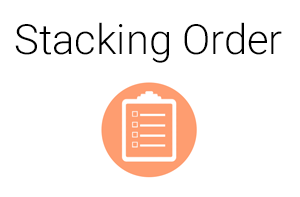
Stacking Order allows you to modify the order of documents in your packages.
Report Manager Product Training
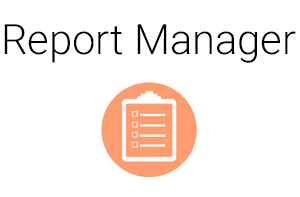
Report Manager allows you to generate reports.
Partner Admin Product Training
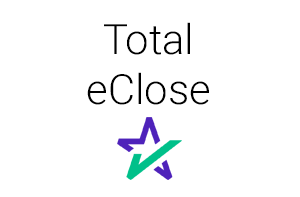
Placeholder description for Partner Admin.
Loan Defaults Product Training
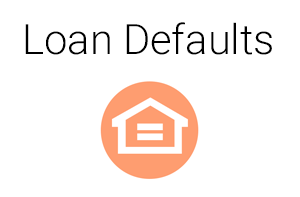
Loan Defaults allows you to manage charges, fees, premiums, and impounds among other things.
Forms Analyzer Product Training
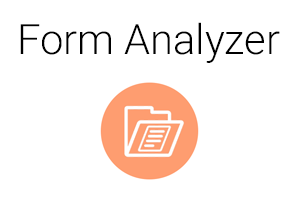
Form Analyzer is the latest version of Form Manager and it gives you access to over 300,000 forms.
Document Files Product Training
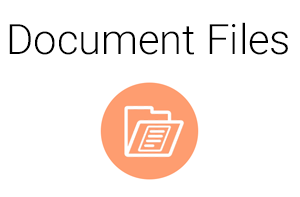
Access and manage your loan document files here.
HUD publishes proposed rule for 40-year loan modification
On April 1, 2022, the Department of Housing and Urban Development (“HUD”) published a proposed rule in the Federal Register seeking comments on a proposal to extend the maximum modification loan term limit from 360 to 480 months.
Currently, under 24 CFR 203.616, a Federal Housing Administration (“FHA”) loan can be modified “for the purpose of changing the amortization provisions by recasting the total unpaid amount due for a term not exceeding 360 months from the date of the modification.” The proposed rule seeks to amend this loss mitigation option by extending the maximum modification loan term to 480 months.
The proposed rule states that the change would help mortgagees facing default by lowering monthly principal and interest payments by a meaningful amount, leading to a higher rate of home retention. HUD acknowledges that the longer term would mean slower equity accumulation and additional interest payments but concludes that the benefits of avoiding foreclosure outweigh these concerns. HUD also points out that most mortgagees do not carry an FHA loan for the full term. The average life of a 30 -year FHA-insurance mortgage is approximately seven years.
The proposed rule emphasizes that the amendment would provide FHA borrowers with a home retention option comparable to the 480-month options already allowed by Fannie Mae, Freddie Mac, the National Credit Union Association, and the U.S. Department of Agriculture.
Comments will be accepted until May 31, 2022, and can be submitted either by mail or electronically through the Federal eRulemaking Portal. Comments must reference Docket No. FR-6263-P-01 and the title of the notice, Increased Forty-Year Term for Loan Modifications.
Related Content:
